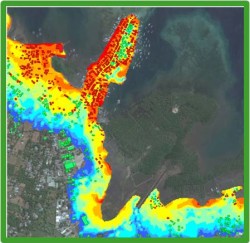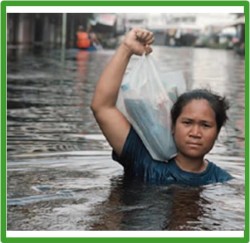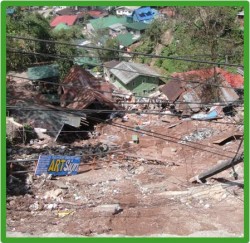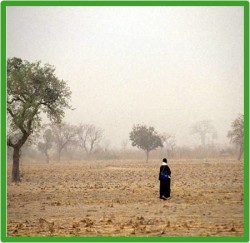Event Summary
Description
SESSIONS
The following sessions of the 2012 URBR were planned in light of the principal disaster risks and vulnerabilities relevant to Brazil. As such, the event will be composed of nine sections divided into three main themes: flooding, landslides and drought.
 For each theme, there will be three sub-sections: an initial introductory meeting, followed by two parallel lectures. The introductory section will provide event attendants with a general overview of one of the three themes, as well as the opportunity to participate in a round table discussion of that issue. From there, the two parallel lectures will offer a technical presentation and a session related to questions of public policy. The objective of each meeting will be to provide, in the first case, an overview of relevant techniques and methodologies in the field and, in the second, different national and international legislative frameworks for disaster risk planning and management.
For each theme, there will be three sub-sections: an initial introductory meeting, followed by two parallel lectures. The introductory section will provide event attendants with a general overview of one of the three themes, as well as the opportunity to participate in a round table discussion of that issue. From there, the two parallel lectures will offer a technical presentation and a session related to questions of public policy. The objective of each meeting will be to provide, in the first case, an overview of relevant techniques and methodologies in the field and, in the second, different national and international legislative frameworks for disaster risk planning and management.
See below for more detailed descriptions of event topics planned for the 2012 URBR Forum.
FLOODING:
Generally considered one of the most costly and damaging disasters, flooding affects countries around the world in a recurring and increasingly dramatic fashion.
The same holds true in Brazil where inadequate urban planning and systems maintenance, coupled with changes in local rainfall have contributed to rising incidences of flooding throughout the country.
changes in local rainfall have contributed to rising incidences of flooding throughout the country.
For this reason, greater investments are necessary in the construction and maintenance of physical systems (i.e. storm sewers, dams, etc.) as well as in risk management planning in unprotected areas. With reference to both national and international case studies, various presenters will explore and discuss best practices for risk reduction based on current techniques and policies in flood management.
OBJECTIVE: To promote a discussion of concepts and techniques of flood impact reduction that simultaneously seeks to reduce poverty and protect poor communities.
LANDSLIDES:
In Brazil, landslides are the disasters of greatest social impact (in terms of number of deaths, destruction of residential units, etc.) due to the increasing occupation of high-risk areas, the difficulty of modeling gravitational changes in evolving landscapes (i.e. collapsing slopes, banks, etc.) and the complexity of alerting threatened sections of the population.
 In light of recent advances in the creation of national and state monitoring centers, greater investments in information management are necessary to better alert and inform these communities. At the same time, it is also essential that improved geological techniques be used to better analyze soil and land conditions in high-risk areas.
In light of recent advances in the creation of national and state monitoring centers, greater investments in information management are necessary to better alert and inform these communities. At the same time, it is also essential that improved geological techniques be used to better analyze soil and land conditions in high-risk areas.
As such, this section will feature presentations on modeling soil collapse according to future rainfall predictions, institutional policy and organization for information management / sharing and other topics related to promoting improved urban planning and disaster management.
OBJECTIVE: To facilitate a round table discussion among technicians and public officials on the development of policies to better address the urgent nature of landslide disasters and the vulnerability of at-risk communities.
DROUGHT:
Widely recognized as causing important economic losses and responsible for significant declines in the quality of life of affected communities, drought is disaster of high-level managerial complexity.
Using examples from water management and other public policy case studies, this section will offer participants options as to how to minimize drought impact and augment the resilience of high-risk areas.
OBJECTIVE: To promote a debate on effective forms of impact reduction in drought regions of Brazil from both an economic and social perspective.
